Filtration 
Application Overview:
Filtration is typically dependent upon contact time, the amount of time the fluid spends passing through a filter media for the absorption process to occur. The filter media’s effectiveness relates to a given flow rate per cubic foot, for example. Characteristics of particle size and particle distribution is key to establishing the filtration system design to handle a variety of process conditions. Changes in fluid characteristics require process adjustments to maintain effectiveness. Following are examples where flow control is critical to an efficient filtration process:
- As parts in the electronic industry continue to get smaller and faster the demand for purer liquids requires greater filtration effectiveness.
- Reverse Osmosis (RO) membrane systems capability for energy-efficient makes this method of filtration attractive to end-users.
- Coal gasification processes utilizing hot gas filtration technology for clean coal.
- Membrane Bioreactor Technology, a hybrid technology, in water treatment as membrane bioreactors offers a more economical solution to typical sewer systems.
- Tertiary wastewater treatment and reuse technologies in developing countries.
Over filtration scenarios (wineries and paint, for example) are as critical as under filtration in many applications. A significant danger to the filtration system is caused by upsets in the upstream process pressure. Being able to detect and adjust to process pressure changes prior to the membrane is critical to help prevent failure and avoid unnecessary downtime.

Kates Solution:
Kates Flow Controllers positioned upstream or downstream of the filter system will allow for optimized contact time and respond instantaneously to pressure fluctuations upstream or downstream of the system to maintain a constant set flow. The rangeability of a Kates unit allows for adjustable flow settings for flexibility in changing process parameters. The totally mechanical and self-contained design that can replace a typical three-component flow loop (1. Control Valve, 2. PLC, 3. Flow Metering device) is an economical and accurate alternative to conventional solutions.



